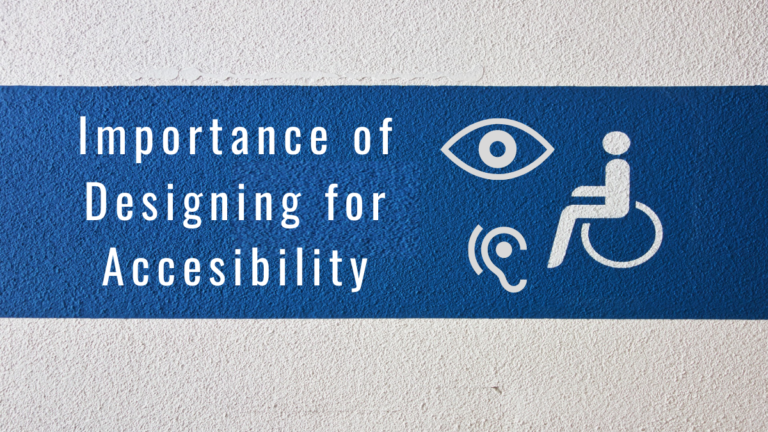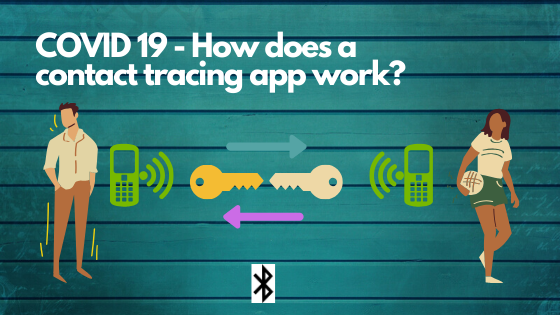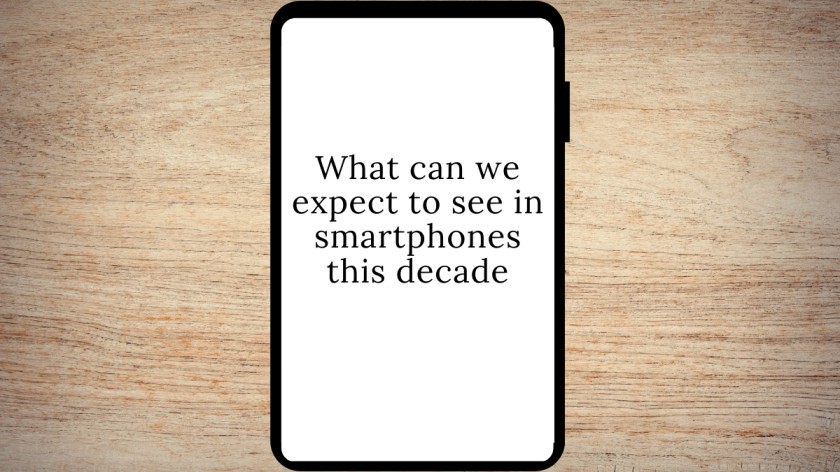Imagine the last time you looked up something on the internet and the website you landed on was just horrible. Remember the frustration at not being able to do anything? We can all agree that we’ve screamed at more than one website in our life. Now imagine the frustration of disabled people when your app or website is not designed to be accessible. This is why designing for accessibility is important.
Billions of people rely on the internet every day for learning, conducting business, communicating, entertainment, and many other activities. At a time when internet access is considered a human right, it is simply wrong that 15% of the global population simply cannot use your website.
Apart from ethical considerations, why should your design be more accessible?
You’re designing your product for users. It’s not for just one or two people to keep staring at. When more people are able to use your product, it translates to higher revenue for you. Making your product accessible is just simple business. Making your designs accessible to disabled people won’t make it inaccessible for the abled.
In fact, it can make your product more user-friendly. If your product can be accessed via a digital assistant, it doesn’t just make it more accessible, it’s an added feature. It’s not just the disabled who use Alexa or Siri.
Google and Apple have also realised the importance of accessibility. In Google’s Material Design guidelines and Apple’s Human Interface design guidelines, there are specific guidelines to make your apps accessible.
Apart from tech companies, soon there will be legal requirements for the websites to be more accessible. Governments all over the world have and is making legislations mandating that the websites conform to accessibility guidelines. Any website doing business in America has to comply with the Americans With Disabilities Act. Websites aren’t explicitly mentioned in the act, but Public Accommodations are often interpreted to include websites as public spaces.
Accessibility: Not an afterthought
Most of the time while designing a product, accessibility is an afterthought, an extra feature. If it is accessible, good, if it is not, well, nothing to do about it. It is high time to rethink this and make your products inclusive and accessible from the ground up. Start thinking about accessibility from the first sketch.
So how to design for accessibility?
As mentioned earlier, Google and Apple have guidelines on accessibility. And for accessibility on the web, the Web Accessibility Initiative of the World Wide Web Consortium (W3C) has developed Web Content Accessibility Guidelines(WCAG). WCAG 2.1 is the latest version of these guidelines. Many legislations related to accessibility draw from these guidelines.
WCAG has four principles; perceivable, operable, understandable, and robust. Perceivable means the content should be easily accessible. Blind or visually impaired people should be able to use screen readers to access text content. Audio content (including the audio in videos) should be accessible by deaf or hearing impaired people.
Operable means it should be easy to use the different components of the interface and navigate across it. WCAG is about web accessibility, so it should be possible to navigate across your website using a keyboard alone. And there should be enough time to go through it, so if there’s a video playing or a timer going on, it should be possible to pause it easily.
Literacy is an often overlooked barrier to accessibility. Your content should be easy to understand. Make sure the content is clear and concise. Avoid complicated words. Provide clear meaning when there are any complicated words or jargons.
The “robust” principle mentioned in WCAG means that your website can be used easily with current and future assistive technologies. For example, if you’re using a series of pictures to show a cooking recipe, make sure that the alt text is read by a screen reader in the correct order.
A couple of points to make your design accessible
Colour
Make sure there’s sufficient contrast between background and foreground. This is obviously important for any good UI, but consider people who are colour blind or otherwise vision impaired. And colour blindness is not just limited to blue-green blindness, so make sure you consider that in your designs.
Font
WCAG has specific guidelines on font sizes and letter spacing. Make sure your font is large enough and the font type is easily readable. Comic Sans is probably the most despised font. But did you know that this font is relatively easier for dyslexic people to read?
Accessibility in the overall design
Keep your design consistent. Obviously this is a general rule in design, but a consistent layout makes your design more accessible. If your app generally works like other apps, the layout can be easily learned by blind people as well as people with cognitive limitations. Make sure your innovative designs are easily accessible.
Avoid flashing animations. Flashing animations can trigger seizures or other physical reactions.
Many users depend on screen magnification for using their devices. Keep relevant components are placed together so that the user won’t have to move their screen all the time.
Don’t depend on colour alone to show the status. Show the status of a button with a text too. Screen readers won’t read out a colour change.
If you’re hyperlinking in your web or app, don’t hyperlink just one or two words. Make sure it is easy to hit the link while using a touch interface.




